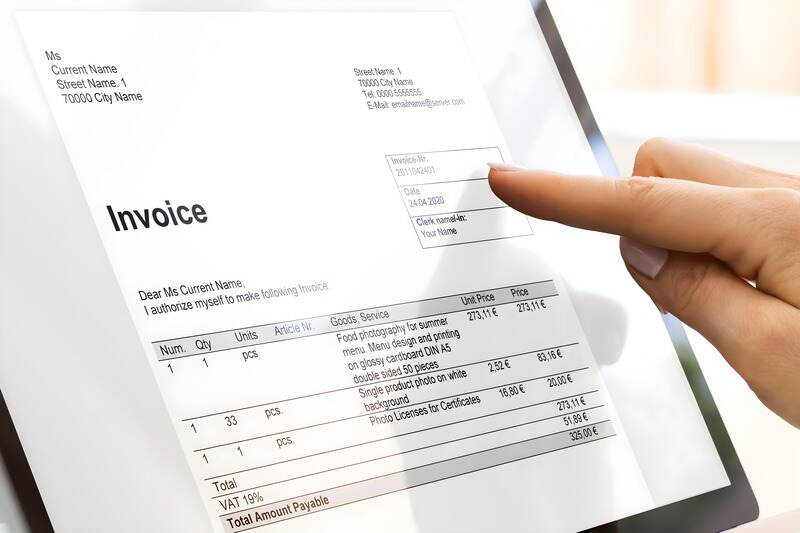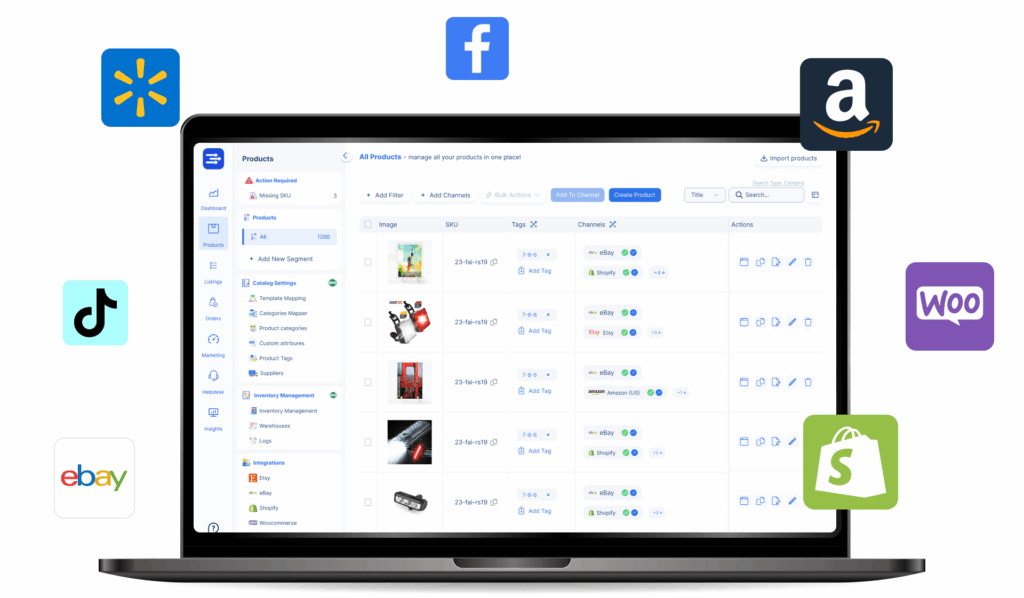Cross-Border Ecommerce’s Hidden Power: Innovative Shipping Integration
Why Is Shipping Integration the Missing Link in Cross-Border Ecommerce?

Many ecommerce brands confidently expand into global markets, only to face unexpected challenges once international orders increase. Customs delays, inconsistent tracking, high shipping costs, and frustrated customers quickly become barriers to growth.
Shipping Integration solves these problems by connecting ecommerce systems with couriers and logistics providers. Tasks that once required multiple logins, spreadsheets, and manual coordination are now handled through a single platform. With the right integration, merchants gain control over every shipment, reduce errors, and deliver a smoother experience for global customers.
What Is Shipping Integration and Why Does It Matter?
Shipping Integration refers to the automatic connection between ecommerce platforms (like Shopify, WooCommerce, or Magento) and third-party logistics services such as couriers, warehouses, and customs processors.
Instead of handling orders manually, the integration allows your store to:
- Sync new orders instantly
- Generate shipping labels in bulk
- Push real-time tracking updates to customers
- Automatically fill in customs forms and tax info
- Assign the best delivery service by region
This automation removes repetitive tasks, shortens fulfillment time, and prevents human errors like wrong shipping addresses or missing customs data.
Shipping Integration isn’t just a tool. It’s a foundational system that supports growth, improves operations, and helps online businesses stay competitive in international markets.
Solving Cross-Border Pain Points With Shipping Integration
Can It Simplify Customs Processing?
Yes. One of the top reasons international deliveries fail is incorrect or missing customs paperwork. A good Shipping Integration platform can:
- Match products with the correct Harmonized System (HS) codes
- Pre-fill customs declarations based on product type and value
- Attach electronic commercial invoices to each shipment

Some systems even update documentation requirements based on the shipping country. This ensures compliance with international trade laws and keeps packages moving.
Without integration, these tasks fall on your warehouse team or customer support, increasing the chance of costly mistakes and delays.
Can It Reduce Shipping Costs?
Definitely. Shipping Integration enables real-time comparison between available carriers. You can select the most economical option based on delivery time, destination, and package size.
More advanced systems allow:
- Carrier rule automation (e.g., “Use YunExpress for Asia under 2kg”)
- Access to volume discounts from international couriers
- Multi-package consolidation to lower shipping cost per item
Shipping costs often influence checkout abandonment rates. By offering fair and accurate shipping quotes through integration, you improve conversion and stay profitable.
Can It Improve Delivery Speed and Accuracy?
Yes. Integration unlocks full visibility across the shipping chain. You’ll know exactly when:
- Orders are packed and labeled
- Shipments leave the warehouse
- Packages pass through customs
- Parcels are out for final delivery

Customers can see this information too, which reduces support tickets and frustration. In addition, you can identify late deliveries and underperforming carriers, allowing you to adjust quickly.
With automated updates and faster processing, your delivery windows shrink—making your business more competitive without increasing costs.
Key Features to Look for in a Shipping Integration System
Multi-Carrier Support
You should be able to integrate multiple couriers, both global and regional. This lets you:
- Offer different services (express, economy, tracked, untracked)
- Handle last-mile delivery using local couriers
- Maintain flexibility when certain carriers face delays
Real-Time Tracking Dashboard
An effective system includes a dashboard where you can:
- Monitor delivery performance across countries
- View customs clearance statuses
- Get notified of delays, failed deliveries, or exceptions
This central hub replaces the need to log into multiple courier portals.
Smart Routing
Shipping Integration platforms can auto-select carriers based on your preset rules. For example:
- Cheapest rate for low-value orders
- Fastest service for VIP customers
- Region-specific couriers to reduce cost

These rules ensure consistency and reduce decision-making time.
Branded Tracking Pages
A branded tracking experience increases customer confidence. Instead of sending users to a courier’s website, you can provide:
- A custom tracking URL under your own domain
- Real-time updates in your brand colors and language
- Cross-selling or support links alongside tracking info
This enhances professionalism and keeps users on your site.
Tax and Duty Support
Customers dislike hidden charges. Shipping Integration systems with tax support can:
- Display landed costs at checkout
- Allow DDP (Delivery Duties Paid) shipping
- Calculate VAT or GST for specific countries
This makes the buying experience transparent and reduces disputes or refusals at delivery.
Choosing the Right Integration Partner
Not all platforms are designed for cross-border trade. Some only handle domestic shipping or require complex manual setup.
Look for a solution that offers:
- Easy onboarding with Shopify, WooCommerce, or custom-built stores
- API or plugin access for custom workflows
- Support for over 100 countries with customs-ready shipping

- Local carrier integration in key regions like EU, US, Southeast Asia, and the Middle East
- End-to-end customer support and SLAs for international merchants
Your shipping system should grow with you, not limit your expansion.
Improving Customer Experience Through Better Shipping
Faster Delivery
Customers receive their orders quickly, even across borders. Real-time data lets you avoid delays and make smarter routing decisions.
Lower Abandonment
Live shipping cost estimates, duties shown upfront, and carrier options reduce friction at checkout. This can lead to a 10–20% increase in completed orders.
Fewer Support Requests
With branded tracking and automated notifications, customers don’t need to contact you. They always know where their package is and when it will arrive.
Fewer Returns and Refunds
Accurate documentation and delivery timelines reduce failed deliveries. This lowers the chance of refunds and return-related losses.
Scaling Into New Markets With Confidence
You can test new countries without building warehouses or hiring local teams. Through Shipping Integration, you can:
- Fulfill globally from one location
- Enable region-based shipping promotions
- Use analytics to spot new growth markets
Instead of overcommitting resources, you can scale smarter and adjust based on real-time performance.
Who Will Benefit Most From Shipping Integration?
This solution benefits:
- Brands selling across multiple platforms (e.g., Amazon + Shopify)

- Sellers offering international delivery without a local warehouse
- Teams that spend time copying orders into courier dashboards
- Stores receiving frequent “where is my order” support tickets
- Businesses launching in new regions with little logistics experience
Shipping Integration helps businesses of all sizes look and operate like global brands.
What Postalparcel Offers for Cross-Border Ecommerce
Postalparcel provides full-stack integration for ecommerce brands that ship globally. Our platform:
- Connects to top shopping carts and marketplaces
- Automates customs, duty, and label generation
- Supports over 250 international courier services
- Provides branded tracking, proactive alerts, and analytics
- Offers local warehousing and consolidated shipping when needed
Whether you’re just starting to sell overseas or scaling up a high-volume operation, Postalparcel delivers the tools you need.
Visit https://www.postalparcel.com to learn how we make Shipping Integration simple, scalable, and reliable.
Conclusion
Shipping Integration removes complexity from international fulfillment. It saves time, cuts costs, and improves the customer experience. With the right setup, your ecommerce brand can operate globally with the confidence and efficiency of a local business.
Start optimizing today. Connect your systems, reduce manual work, and unlock growth—one shipment at a time.
Industry Insights
news via inbox
Nulla turp dis cursus. Integer liberos euismod pretium faucibua







